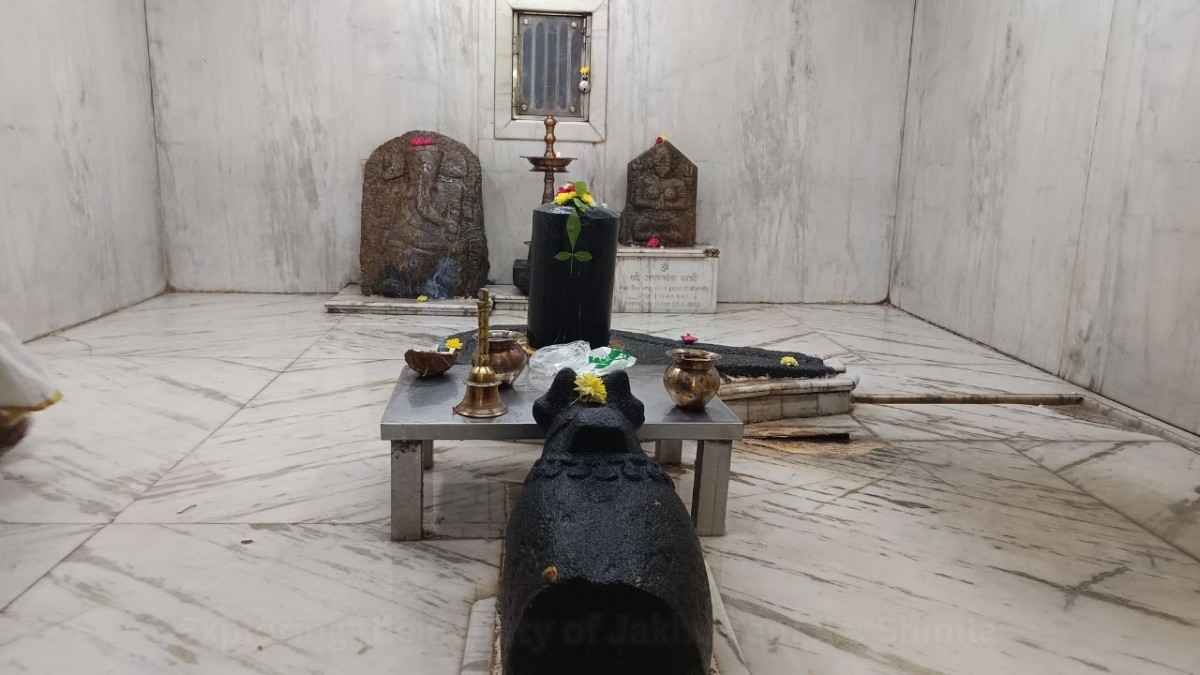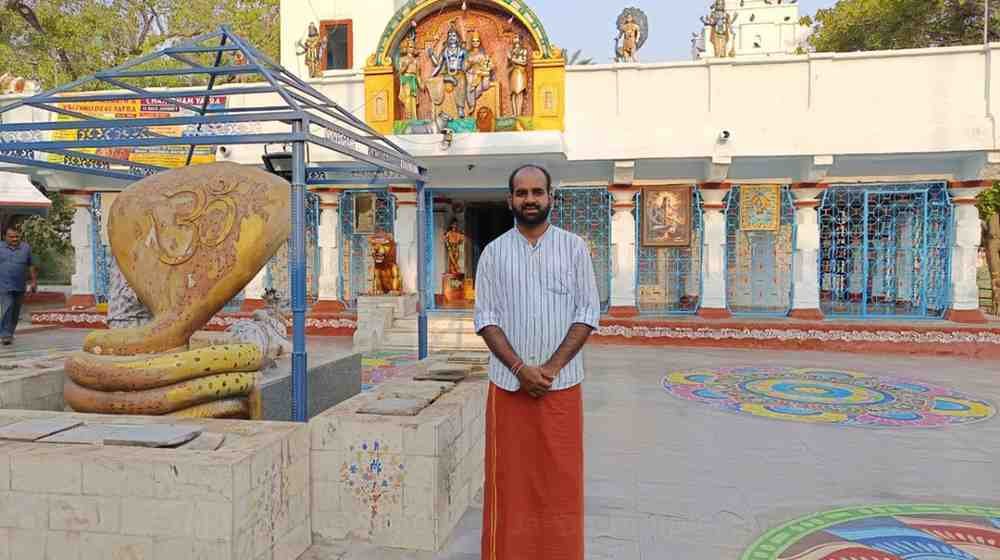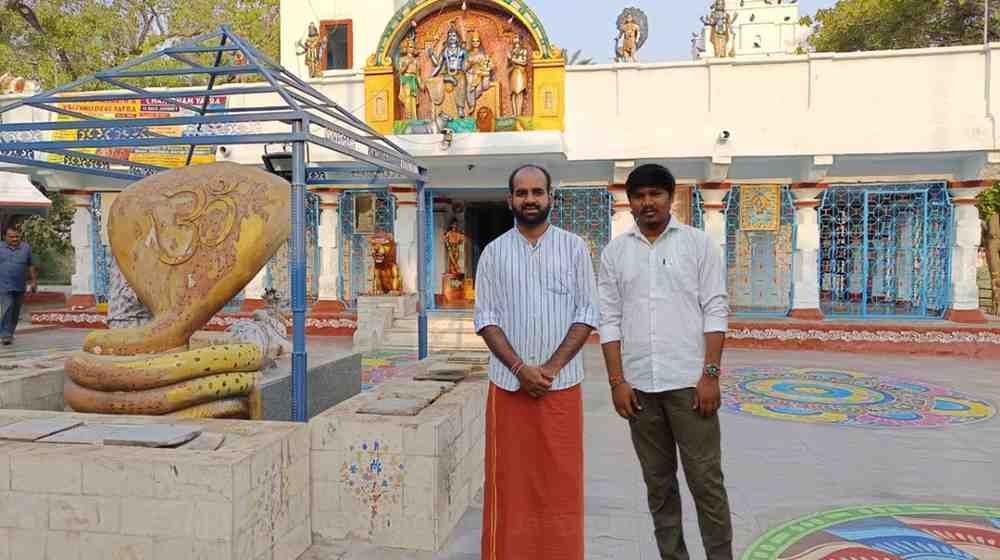Shivalaghat Temple
Brahmasutra Sri Shivalaghat Devasthanam is a Hindu temple. While the search results provided information about Shivala Ghat in Varanasi, it’s important to note that you asked about Sri Shivalaghat Devasthanam near Hyderabad. Based on a search result, there is a Shivalaghat Temple located in Puranapool, Hyderabad. If known in the heart of Telangana or near the banks of the Godavari River, this temple offers a unique and spiritually enriching experience for devotees and curious visitors alike.
What Makes Brahmasutra Sri Shivalaghat Devasthanam Special?
This temple holds significance for several reasons:
- The Name “Brahmasutra”: The very name suggests a deep connection to the fundamental principles of Hindu philosophy. “Brahmasutra” typically refers to a foundational Vedanta text exploring the nature of reality and the divine. While the exact connection to the temple’s name might have local legends and interpretations, it hints at pursuing higher knowledge and understanding.
- Lord Shiva’s Abode: The presence of “Sri Shivalaghat” clearly indicates that Lord Shiva is the primary deity worshipped here. Shiva, the destroyer of evil and the transformer is revered for his power and compassion. Devotees flock to this temple, seeking his blessings for strength, peace, and spiritual growth.
- The “Ghat” Connection: “Ghat” often refers to steps leading down to a river or a sacred water body. This suggests that the temple might be situated near a river, adding to its scenic beauty and providing an opportunity for devotees to take holy dips or perform rituals.
- A Place of Tranquility: Often located away from the hustle and bustle of city life, temples like Brahmasutra Sri Shivalaghat Devasthanam offer a peaceful and calming atmosphere. The natural surroundings and the spiritual vibrations within the temple create an ideal environment for prayer, meditation, and introspection.
What Can You Experience Here?
Visiting the Brahmasutra Sri Shivalaghat Devasthanam can be a rewarding experience:
- Offer Prayers to Lord Shiva: You can participate in the daily rituals and offer your prayers to Lord Shiva, seeking his divine grace.
- Witness the Temple Architecture: Even if you are not religious, the traditional South Indian temple architecture can be fascinating. The intricate carvings and the overall design often reflect centuries of artistic and spiritual tradition.
- Find Inner Peace: The serene environment is perfect for quiet contemplation. You can sit by the river (if applicable) or within the temple premises to find inner peace and connect with your spiritual side.
- Experience Local Culture: Visiting the temple can also give you a glimpse into the local culture and traditions of the region. You might witness unique customs and practices followed by the devotees.
Brahmasutra Sri Shivalaghat Devasthanam history
While precise historical records can sometimes be elusive for ancient temples, local legends and architectural styles offer valuable clues about the Brahmasutra Sri Shivalaghat Devasthanam’s past. The temple has existed for centuries, possibly dating back to periods when Shaivism (the worship of Lord Shiva) flourished in the region.
Stories Whispered Through Generations:
Local folklore often links the temple’s origin to significant events or divine interventions. Some stories might speak of a self-manifested (Swayambhu) lingam – the iconic representation of Lord Shiva – found at the site. Other tales might narrate the visit of essential saints or the patronage of ancient rulers who contributed to the temple’s establishment or expansion.
Echoes in Stone and Architecture:
The architectural style of the Brahmasutra Sri Shivalaghat Devasthanam can also provide hints about its age and the periods it has witnessed. Features like the temple’s layout, the carvings on its pillars and walls, and the materials used in its construction can sometimes be associated with specific dynasties or artistic traditions that prevailed in the region centuries ago. Observing these details can offer a tangible connection to the past.
A Continuing Legacy:
Regardless of the exact date of its inception, the Brahmasutra Sri Shivalaghat Devasthanam has undoubtedly served as a vital spiritual and cultural center for the community for generations. It has been a place for prayer, gathering, and preserving traditions. The continued devotion of its devotees and the ongoing maintenance of the temple ensure that its historical legacy lives on.
The Name “Brahmasutra” and “Shivalaghat”
The name itself holds significance. “Brahmasutra” literally translates to “the thread of Brahma,” which can have various spiritual interpretations. “Shivalaghat” likely refers to a “ghat” or bank near a water body (like a river or pond) dedicated to Lord Shiva. Understanding the meaning of the name can offer a deeper appreciation for the temple’s identity and connection to the surrounding environment.
Sri Shivalaghat Devasthanam Temple timing
Generally, the Sri Shivalaghat Devasthanam Temple opens its doors to devotees early and remains open until the evening. While specific timings can sometimes change due to special occasions or festivals, here’s a general idea:
- Morning Hours: You can usually visit the temple around 6:00 AM or 7:00 AM. This is an excellent time to experience the morning prayers and a serene atmosphere.
- Afternoon Break (Possible): Some temples might have a short break mid-afternoon. This is something to remember, although Sri Shivalaghat Devasthanam might not follow this practice strictly.
- Evening Hours: The temple typically reopens late afternoon and stays open until 5:00 PM or 9:00 PM. The evening aarti (prayer ceremony) is a beautiful experience many devotees seek.
The best time to visit
- Summer (March to May): These months can get very hot. Temperatures can go relatively high, making walking around during the day uncomfortable. If you visit during summer, try to go early in the morning or late in the afternoon to avoid the worst of the heat.
- Monsoon (June to October): This is the rainy season. While the rain can make everything green and beautiful, it can also lead to heavy downpours. Sometimes, it might disrupt your travel plans or make it difficult to move around the temple. However, the weather is generally cooler during this time.
- Winter (November to February): Many people think this is the best time to visit. The weather is pleasant and calm, making it perfect for exploring the temple and its surroundings without feeling too hot or dealing with rain.
Think About Festivals:
Temples often have special celebrations and festivals. Visiting Sri Shivalaghat Devasthanam during a festival can be a very special experience. You’ll see more people, special rituals, and a vibrant atmosphere. However, it can also be more crowded.
- Maha Shivaratri: This is a significant festival dedicated to Lord Shiva that is celebrated enthusiastically. This is the time to experience the temple during an important religious event. Be prepared for larger crowds.
- Other local festivals might also be celebrated at the temple. It’s a good idea to check the temple’s calendar or local sources for any upcoming events before your visit.
When is the Ideal Time?
For most people, the winter months (November to February) offer the most comfortable weather for visiting Sri Shivalaghat Devasthanam. The days are sunny and cool, perfect for a peaceful visit.
However, if you are interested in experiencing the vibrant atmosphere of a major festival, then visiting Maha Shivaratri can be a memorable experience; just be prepared for larger crowds.
Read More:
Wargal Saraswati Temple A Guide for First-Time Visitors
Visiting Talakaveri Temple What You Need to Know


